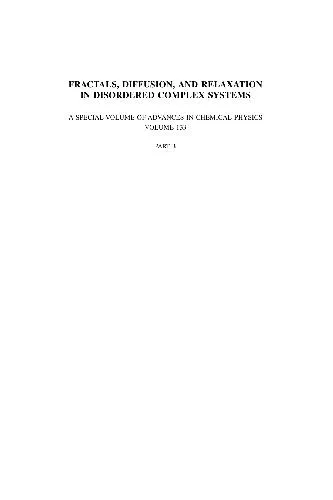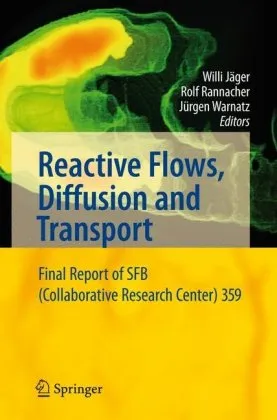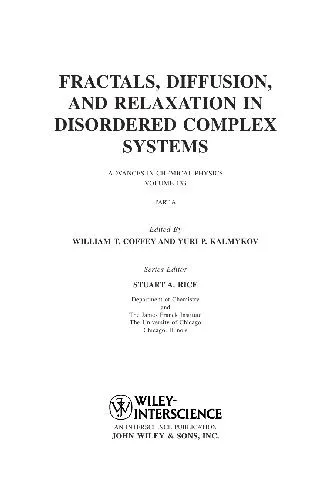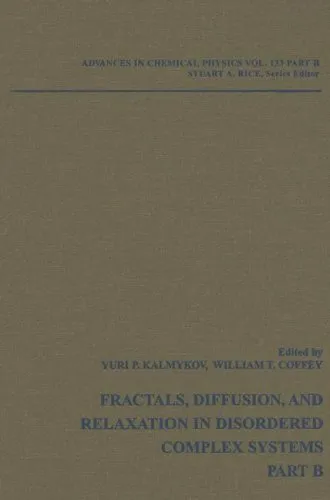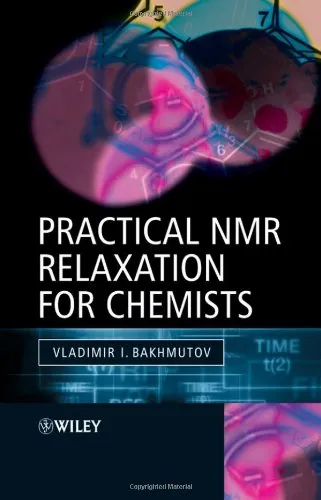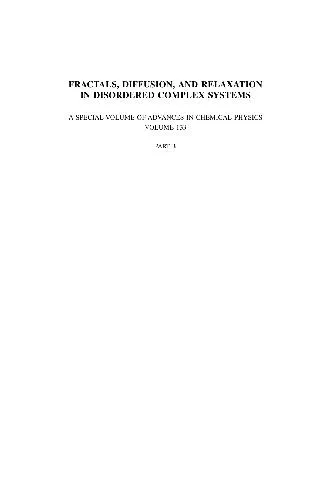Fractals Diffusion And Relaxation In Disordered Complex Systems
4.5
Reviews from our users

You Can Ask your questions from this book's AI after Login
Each download or ask from book AI costs 2 points. To earn more free points, please visit the Points Guide Page and complete some valuable actions.Related Refrences:
Introduction to "Fractals, Diffusion, and Relaxation in Disordered Complex Systems"
"Fractals, Diffusion, and Relaxation in Disordered Complex Systems" is an in-depth exploration of the intriguing interplay between fractal geometry, transport phenomena, and dynamic relaxation processes within disordered and heterogeneous systems. This book offers an interdisciplinary approach, bridging physics, chemistry, materials science, and applied mathematics to provide readers with a comprehensive understanding of how these phenomena manifest in real-world complex systems.
Fractals have transformed the way we understand irregular and complex phenomena in nature and engineered systems. From porous materials to polymers, from biological tissues to glasses, nature provides countless examples of systems that deviate from traditional uniformity. By employing the mathematics of fractal geometry, the book unveils the hidden structure and dynamics behind these disordered systems.
With an emphasis on both theoretical insights and practical applications, this book caters to researchers, professionals, and students eager to dive into the profound implications of fractals and anomalous diffusion. Whether you are a physicist seeking to understand transport mechanisms, a chemist exploring molecular diffusion, or a mathematician designing models to interpret these behaviors, this book is designed as your ultimate guide to harnessing the power of complexity.
Detailed Summary
The book is structured to take the reader on a journey from foundational concepts to advanced understandings of fractals, diffusion, and relaxation processes.
The first sections set the stage by introducing fractal geometry and its mathematical foundations. The significance of fractals in disordered environments is clearly articulated, with applications drawn from fields such as porous media, chemical kinetics, and complex materials. The reader is introduced to the defining properties of fractals, such as self-similarity, and how these properties underpin observed phenomena.
Subsequent chapters dive into diffusion phenomena, distinguishing between normal diffusion and anomalous diffusion—both of which occur in natural and engineered disordered systems. The concept of anomalous diffusion, where transport processes deviate from classical Fickian behavior, is thoroughly examined. The text explores models such as Lévy flights and continuous-time random walks (CTRW) that effectively describe these anomalies.
Relaxation processes are another core focus, as they describe how systems return to equilibrium after being disturbed. The book investigates relaxation mechanisms in complex systems and connects these processes with fractal properties of the underlying media. Examples span from polymers and glasses to biological systems and electronic materials.
The final sections of the book combine these concepts, weaving together the roles of fractals, diffusion, and relaxation to emphasize their co-dependence within disordered complex systems. Applications in emerging fields, such as nanotechnology and biophysics, highlight the practical utility of these ideas, revealing how they guide innovations in modern science and technology.
Key Takeaways
- Fractals provide a powerful framework for describing and modeling disordered systems' structural and dynamic behaviors.
- Anomalous diffusion is a hallmark of disordered systems, where transport phenomena do not follow classical laws.
- Relaxation processes in complex systems are intimately tied to fractal geometries and heterogeneous structures.
- Bridging theory and application, the book offers practical insights that apply across physics, chemistry, and materials sciences.
- Understanding fractals and diffusion in disordered systems has far-reaching implications, from diagnosing biological processes to engineering advanced materials.
Famous Quotes from the Book
"The geometry of nature is not smooth but rugged; it is not regular but wonderfully intricate, and to describe it, we need a mathematics that embraces its irregularities."
"Anomalous diffusion is not an anomaly at all; it is nature's way of reminding us that simplicity exists only in the eye of the beholder."
"Fractals are not merely abstract representations of complexity but are the fingerprints of dynamic processes occurring over multiple spatial and temporal scales."
Why This Book Matters
This book addresses a critical need in modern science: the ability to understand and model complex systems characterized by disorder. From industrial applications to fundamental research, the mathematics and physics of fractals, diffusion, and relaxation have found their way into diverse fields, revolutionizing the way we think about natural and artificial systems.
By offering a comprehensive overview of these topics, the book acts as both an educational guide and a research reference. It equips readers with the mathematical tools and conceptual frameworks needed to approach and solve problems in disordered systems. Furthermore, with its real-world applications, the book bridges fundamental science with practical innovation, making it an invaluable resource for professionals and students alike.
In a world increasingly shaped by complexity, "Fractals, Diffusion, and Relaxation in Disordered Complex Systems" teaches us to see order within disorder and to uncover the principles that govern even the most chaotic phenomena.
Free Direct Download
You Can Download this book after Login
Accessing books through legal platforms and public libraries not only supports the rights of authors and publishers but also contributes to the sustainability of reading culture. Before downloading, please take a moment to consider these options.
Find this book on other platforms:
WorldCat helps you find books in libraries worldwide.
See ratings, reviews, and discussions on Goodreads.
Find and buy rare or used books on AbeBooks.
